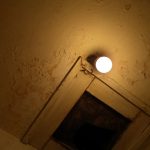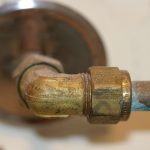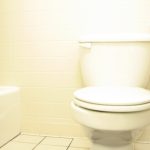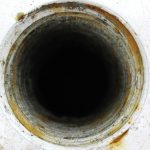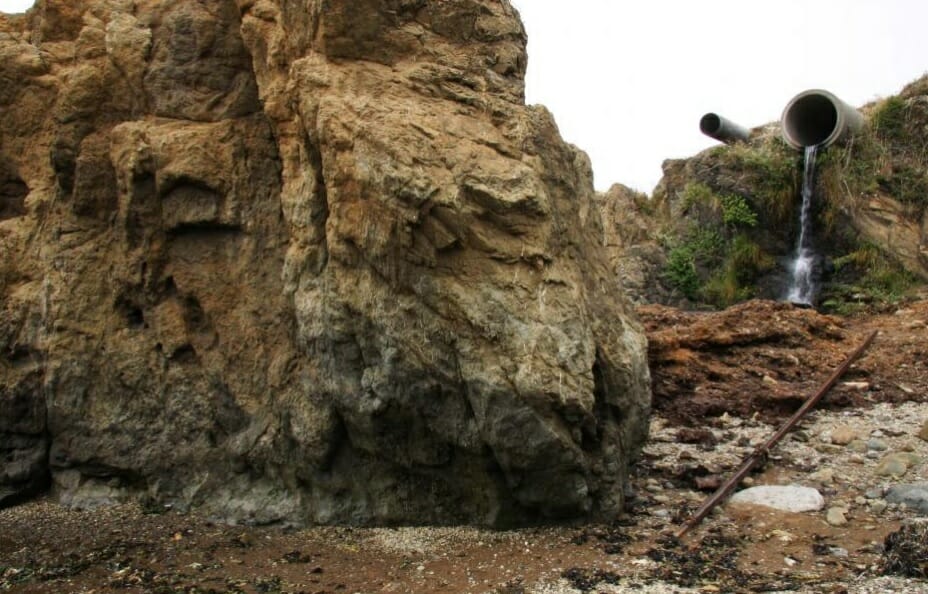If you’re like most homeowners, you’re not likely to be aware of what sewer pipes you have in your home. In fact, you’re likely to only think about your sewer pipes if something goes wrong and your drains start to back up. Here we’ll provide you with your go to guide to sewer pipes, so you can better understand your drainage system and know when you need to call in a professional plumber.
Orangeburg Pipes:
Also known as bituminous fiber, Orangeburg pipes are made using wood pulp that is sealed with coal tar. These pipes were common during the second world war, as there was a shortage of cast iron, and the materials were cheap, so Orangeburg pipes were widely used through until the 1970s.
Orangeburg pipes were originally only intended for dry use with applications for electrical and telecommunications, rather than sewage or water use. As a result, Orangeburg pipes are not as durable as many other types of sewer pipes, and they are more susceptible to tree root infiltration, bellying, or general deterioration.
Cast Iron Pipes:
Cast iron is far more durable compared to Orangeburg and was widely used in homes that were built before the 1950s and 1960s. Cast iron pipes were typically installed in vertical drain systems, and they typically last 30 years or more. Unfortunately, cast iron is not without faults, and they can be prone to rust and corrosion. Additionally, due to the uneven interior, they can also be susceptible to waste build up. This means that if your home has cast iron sewer pipes, they may be more vulnerable to cracks, holes, clogs, or collapsing.
Clay Pipes:
Clay was another popular material for sewer pipes before and during World War II. The clay shale blend used to make these pipes can last for 30 plus years. Clay pipes are considered more environmentally friendly, and they are resistant to acid and chemicals, but they do tend to be brittle and porous, so they are susceptible to tree root infiltration, crumbling, cracking, and leaking.
ABS & PVC Pipes:
ABS (acrylonitrile butadiene styrene) and PVC (polyvinyl chloride) are considered new generation piping that’s been widely in use since the 1970s. ABS and PVC are one of the most durable and long lasting pipe materials that are not only rust proof and versatile, but also smooth and cost effective. ABS and PVC pipes can be used alone or with clay or cast iron pipes. The material is highly affordable, and the smooth texture inside and out makes these pipes resistant to root intrusion.
These types of pipes are not heat tolerant, so they can be vulnerable to tracking with thinner walls, but they are still one of the most popular sewer line options.
Concrete:
Concrete has been a common ingredient for clay piping encasements and pipes themselves. Concrete pipes are highly durable and have an average service lifespan of approximately 30 years. Like plastic, concrete is considered to be a new generation sewer pipe material.
Although concrete is not immune to aging or damage, this type of pipe is popular due to its strength, longevity, and affordability.
How to Tell What Pipes You Have in Your Home:
Since your sewer pipes are buried under your home, it is not easy to simply check what kind of pipes you have in your home. Fortunately, this is where your local plumber can help. Professional plumbers have the tools and expertise to perform a sewer line inspection, and this can help determine what type of pipes carry the wastewater from your home. The plumber will use camera technology to perform a visual inspection of the entire length of your sewer line. This enables the plumber to locate any clogs or damage, but they can also see what type of material has been used for your sewer line.
Generally, if your home was built before the 1970s, it is likely to have cast iron, Orangeburg, or clay pipes. Unfortunately, since all of these materials have a lifespan of approximately 30 years, it is likely to have reached the end of its natural lifespan. You may have noticed that drains in your home are slowly draining, there are boggy areas in your yard or unpleasant odors coming out of your drains, it is likely that your sewer line has already been compromised.
Sewer Line Replacement:
Fortunately, sewer line replacement is no longer a messy project that can ruin your landscaping. In the past, the entire length of your sewer line would need to be excavated to replace any damaged sections. Since the sewer line runs from your home all the way to the main line in the street, this could mean digging up your yard and driveway.
Today, many sewer line replacement projects can be accomplished with trenchless techniques. This involves digging two holes at either end of the damaged section rather than digging up the whole pipe. A pipe liner is installed; this is a flexible tube that is coated with resin that can be pulled into place and installed. After a few hours, the resin hardens to create a pipe. The damaged pipe can then be burst, as the new pipe is pulled through to fracture it outwards.
The main advantage of trenchless techniques is that it is far quicker and less disruptive compared to traditional techniques. While traditional techniques may involve weeks of digging, a typical trenchless repair or replacement can be completed in just a few days. This will reduce the cost of the project and mean that you’re not left with your driveway out of commission for weeks, and the plumbing team works.
If you’re concerned about your sewer line and suspect that you have a sewer line issue, it is a good idea to call in a
professional plumber. A specialist can inspect your sewer line to check for damage or any clogs that could be compromising the wastewater flow. If necessary, they can also explain the options for pipe repair or replacement to ensure that your home is protected against sewer backups and drainage issues.
By Giovanni Longo President Flood Brothers Plumbing
Giovanni Longo is a 3rd generation master plumber who has been practicing his craft and trade in the greater Los Angeles area for well over a decade and a half. A plumbing and hydraulics-engineering innovator, Giovanni’s particular world-class expertise focuses on dealing with challenging sewer system designs as well as resolving complex commercial and residential draining issues. As a certified Flood Mitigation expert, he is also well versed in a wide variety of water damage and remediation solution.
